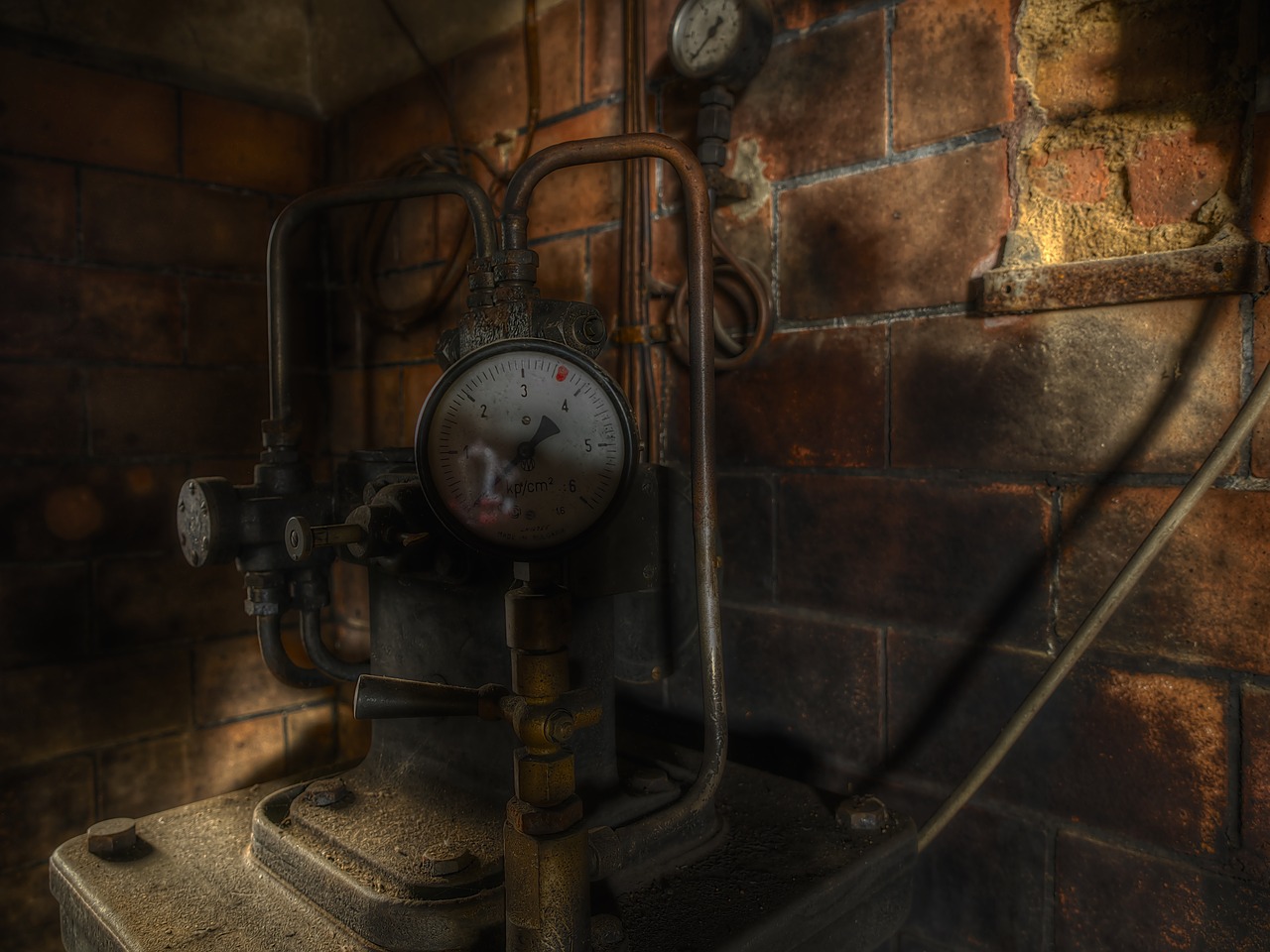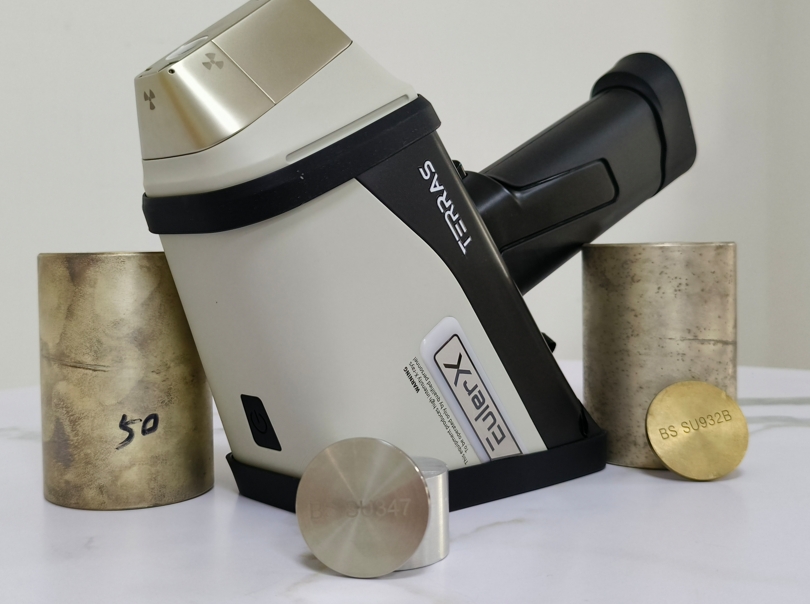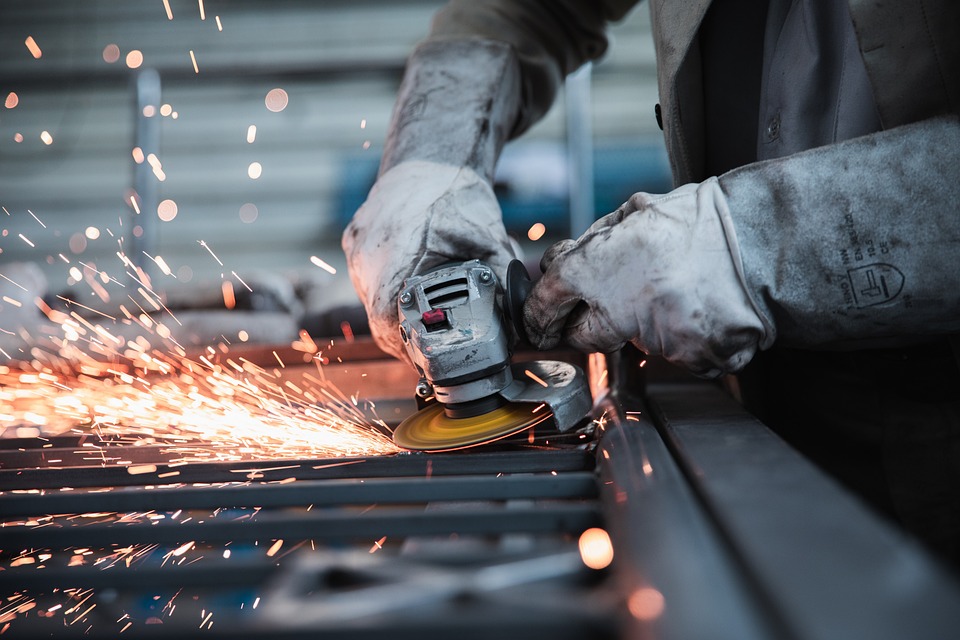
catalytic convertor
A high-tech enterprise focusing on the development and application of X-ray technology products, committed to becoming a leading supplier of X-ray industrial testing solutions.
Recycling Your Cat Converter: Maximizing Scrap Value
In today's environmentally conscious world, recycling isn't just about paper and plastics. When it comes to automotive parts, particularly catalytic converters, recycling can be both economically and environmentally beneficial. If you have an old or malfunctioning catalytic converter, here's how you can maximize its scrap value.
Understanding Catalytic Converters
Catalytic converters, often referred to as "cat converters," are essential components of a vehicle's exhaust system. They reduce harmful emissions by converting toxic gases into less harmful substances. Inside these converters are precious metals like platinum, palladium, and rhodium, which are highly valuable in the scrap metal market.

Why Recycle Catalytic Converters?
Environmental Benefits
Recycling catalytic converters helps reduce the need for mining new precious metals, thus conserving natural resources and reducing environmental impact. By ensuring these metals are reused, you contribute to a more sustainable automotive industry.
Economic Benefits
The precious metals inside catalytic converters are worth a significant amount of money. By recycling these parts, you can turn what might seem like useless scrap into a valuable resource. Understanding the market value of these metals can help you get the best price for your catalytic converter.
Precious Metals in Catalytic Converters
Catalytic converters are an important part of modern vehicle emission control systems and contain several precious metals that play a key role in catalytic reactions. Understanding these precious metals and their roles is essential to understanding the value of catalytic converters.
Major Precious Metals
1. Platinum
Platinum is a metal with high density, high melting point, and corrosion resistance. It plays the following roles in catalytic converters:
Oxidation reaction: Platinum is able to oxidize carbon monoxide (CO) to carbon dioxide (CO2) and convert unburned hydrocarbons into carbon dioxide and water.
Reduction reaction: Platinum can also help reduce nitrogen oxides (NOx) to nitrogen (N2) and oxygen (O2).
2. Palladium
Palladium is a chemically stable metal that is often used as a catalyst. Its main role in catalytic converters is:
Oxidation reaction: Palladium is mainly used to convert carbon monoxide and hydrocarbons into carbon dioxide and water.
Durability: Palladium is more durable than platinum, so in some catalytic converters, palladium will replace platinum to improve life and efficiency.
3. Rhodium
Rhodium is a very rare and corrosion-resistant metal. It is mainly used in catalytic converters for:
Reduction reaction: Rhodium is mainly used to convert nitrogen oxides into nitrogen and oxygen. Due to its rarity and high efficiency, a small amount of rhodium can significantly improve the performance of the catalytic converter.
Precious metals such as platinum, palladium and rhodium in catalytic converters not only play an important role in environmental protection, but also have high market value. By understanding the properties and market dynamics of these precious metals, you can better evaluate and recycle catalytic converters to maximize their scrap value. During the recycling process, choosing a reputable recycler and keeping an eye on market prices can ensure that you get the best return.
X-ray fluorescence spectroscopy (XRF) is a widely used technique for materials analysis. It can quickly and non-destructively determine the presence and concentration of elements in a sample. For precious metals such as Platinum, Rhodium and Palladium, XRF plays an important role in the recycling and reuse of catalytic converters.

The EulerX 900 series has proved to be an excellent choice for metal analysis in a wide fields, providing fast, accurate results directly to the user. Thanks to its cutting-edge electronics and sophisticated mathematical algorithms, the EulerX 900 series ensures superior measurement quality within seconds. This makes it an ideal tool for inspecting and analyzing incoming materials, finished products, and in-process production parts in a non-destructive manner. Its simplicity of operation allows users to quickly view alloy grade and chemical composition on the touch screen display, achieving laboratory-quality analysis with minimal training and virtually no need for sample preparation, regardless of the sample is shape or size.
The applications of the EulerX 900 handheld are extensive, covering not only solids but also liquids and powders. The EulerX 900 series handheld alloy analyzers are extensively utilized for alloy grade identification and quality control, scrap metal recycling, precious metals analysis, PMI, and more.
Summary
XRF technology plays an important role in the analysis of precious metals such as platinum, rhodium, and palladium. Its rapid, accurate, and non-destructive characteristics make it an indispensable tool in the recycling and reuse of catalytic converters. By effectively using XRF, companies and research institutions can better evaluate precious metal resources, optimize recycling and extraction processes, and improve economic benefits.
Join Us
Subscribe to our email list for updates & promotions.



